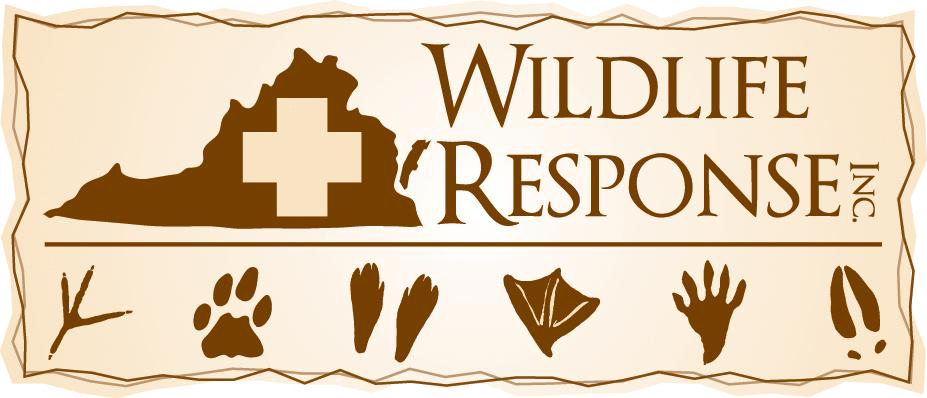2011 Eagle Population Survey Results
(Williamsburg, VA)---The Center for Conservation Biology at the College of William and Mary and Virginia Commonwealth University has compiled 2011 survey results for the Virginia bald eagle population. The 2011 survey checked more than 1,000 nests and monitored 726 occupied territories. This number represents an 6.2% increase over 2010. More than 130 new nests were mapped. Eagle territories were located within 45 counties and 10 independent cities. A total of 938 chicks were counted during the productivity flight. This is the highest chick production recorded throughout the long history of the survey. The Virginia population continues to have tremendous reproductive momentum. Of 11,030 chicks documented in the past 35 years, 8.5% were produced in 2011 and 73.2% were produced since 2000. In general, this momentum is the combined result of an overall increase in the breeding population, the breeding success rate and the average brood size. A full survey report is available at www.ccb-wm.org/virginiaeagles/pdf/CCBR!!!!_2011Eagle_Survey.pdf
We very much appreciate the financial contributions of the U.S. Fish and Wildlife Service, the U.S. Army Corps of Engineers and the Virginia Society of Ornithology in keeping the survey running. Survey information is used by an entire community of government agencies, NGOs, environmental consulting firms, and landowners. For the third year, the locations of known nests from the Virginia Survey are being made available online to the public. The Center has developed a VAEagles website (http://www.ccb-wm.org/virginiaeagles/index.htm) that hosts a Google application allowing users to locate documented eagle nests and to view their mapped locations on a county by county basis. The information is being made available in the hope that the public will become more actively involved in the conservation of this species throughout Virginia. Despite our best efforts, an unknown number of eagle nests go unrecorded each year. This is particularly true in the Piedmont and mountains. We believe that the public knows of many nests that are unknown to us. We are requesting that the public view nests in their locality and report nests that are currently not included in the annual survey.
Center for Conservation BiologyCollege of William and Mary & Virginia Commwealth University

